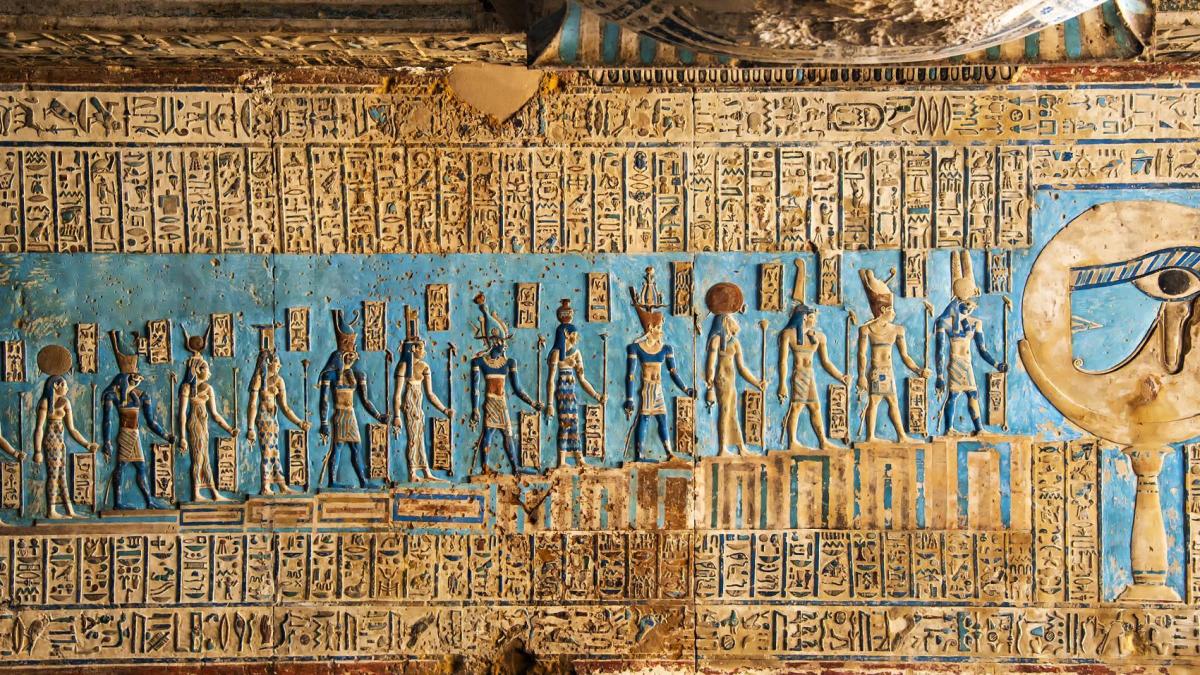Title: The Mysterious Origins of Time Measurement: Insights From Ancient Egypt
Subtitle: Exploring the Origins of the Week and the Hour
Date: [Publication Date]
By [Author Name]
Humanity’s quest for measuring time dates back to ancient civilizations, even predating written language. While some units of time can be attributed to astronomical phenomena, such as the movements of the Sun and Moon, the origins of others remain shrouded in mystery. Two such examples are the week and the hour.
The week and the hour have intricate historical roots that can be traced back to the ancient Egyptians. The Egyptian hieroglyphic texts provide intriguing evidence regarding the origin of the hour. The word “what” in Ancient Egyptian, roughly pronounced as “wenut,” is associated with a hieroglyph for a star, suggesting its connection to the night.
To unravel the significance of the word “what” and its correlation to time, scholars turn to the city of Asyut in Egypt. There, they discovered wooden coffin lids dating back to 2000 B.C. These lids occasionally featured astronomical tables. One such table depicted the goddess of the night, Nut, embracing astronomical symbols on the ceiling of the Dandera temple in Egypt.
In these ancient tables, each column represented a 10-day period, symbolizing the Egyptian civil calendar’s 12 months. Within each column, 12 star names were listed, indicating changes in the stellar sky throughout the year. This systematic division of the night into 12 temporal areas, each governed by a specific star, is a significant milestone in the measurement of time.
The term “what” itself does not appear alongside these stellar tables of the coffins until the year 1210 B.C. during the New Kingdom, an era spanning from the 16th to 11th centuries B.C. However, the Osireion of Abydos, another remarkable Egyptian temple, sheds more light on the association of the term “what” with time measurement. This temple holds astronomical instructions, including sundial-making techniques and star movements. It also features a coffin-like star table where all 12 rows are uniquely labeled with “what.”
During the New Kingdom, there were 12 diurnal and 12 nocturnal “what,” indicating that they were indeed measures of time. Although the Egyptian day comprised 12 hours, and the night also consisted of 12 hours, these periods were expressed separately. Daytime hours were determined using the Sun’s shadows, while night hours were primarily measured by observing the stars. Notably, the length of the Egyptian hours varied throughout the year due to the changing longitude of the Sun.
To comprehend the choice of 12 stars for a 10-day period, the ancient Egyptians turned to the bright star Sirius as a model and selected other stars based on their similarity to Sirius’s behavior. These stars, along with Sirius, disappeared for approximately 70 days each year. By recording these stars at 10-day intervals, a table reminiscent of the coffin stars table emerged, consisting of 12 rows.
Around 2000 B.C., this representation became more schematic, eventually resulting in the 12-row coffin tables visible in museums today. Consequently, the choice of 12 as the number of nighttime hours and later 24 as the total number of hours stems from the selection of a 10-day week.
It is fascinating to reflect on how ancient decisions made over 4,000 years ago continue to shape our modern concept of time. From astronomical observations to hieroglyphic texts, ancient Egypt has provided valuable clues to unravel the mysterious origins of time measurement.
[Author Name], Associate Professor of Physics and Astronomy, and [Author Name], Professor of Interdisciplinary Science, both at McMaster University, contributed to this article.
[In case space permits]
In Other News: “Long Live Mexico: Motorcyclist Prevents Passage of Ambulance by Invading Metrobus Lane.” [Note: Include a brief summary of the other article if space permits.]
